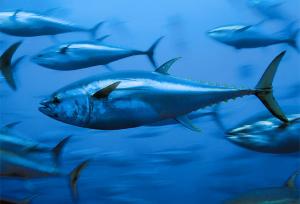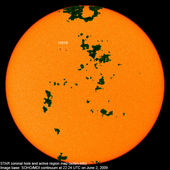
© Martin Siegert et al.Put together, the images reveal a striking landscape of sharp peaks and hanging valleys surrounding a deep gorge carved out by ice
Up to 3000 metres beneath the ice, at the coldest point on Earth, towering peaks, hanging valleys and deep gorges have been frozen in ice for 14 million years. Now the first detailed view of this frozen landscape is revealing how the world's biggest chunk of ice - the Antarctic ice sheet - was born.
The radar images suggest that Antarctica "grew" its ice cap in three stages, carving out the rock below in distinct ways as glaciers expanded, retracted, and flowed downstream.
The images were collected between 2004 and 2008 by researchers who drove huge trains of caterpillar tractors in tight lines over Dome A, a plateau of ice at the heart of Antarctica. The tractors carried radars that pinged down through the ice and sent back profiles of the frozen rock landscape below.
Dome A, the highest point on the continent, is also one of the coldest places on Earth, with temperatures as low as -90 °C. Far beneath its frozen surface lie the Gamburtsev mountains, where glaciologists believe the Antarctic ice sheet was born. Its distance to the ocean and high altitude would have made it the coolest spot on the continent 34 million years ago, when the ice began to grow.









